How to grow lotus seeds
Bowl lotus is very suitable for summer breeding plants, different from ordinary plants, its growth environment is watery, giving people a natural sense of cool in summer, and lotus seeds have no dormancy period, as long as the water temperature can be maintained above 16 ℃, then basically four seasons can be sown. Lotus seeds are special because their sowing methods are different from those of ordinary plants, so before you plant them, you'd better do your homework and deal with the seeds reasonably. Let's take a look at how to plant lotus seeds today.
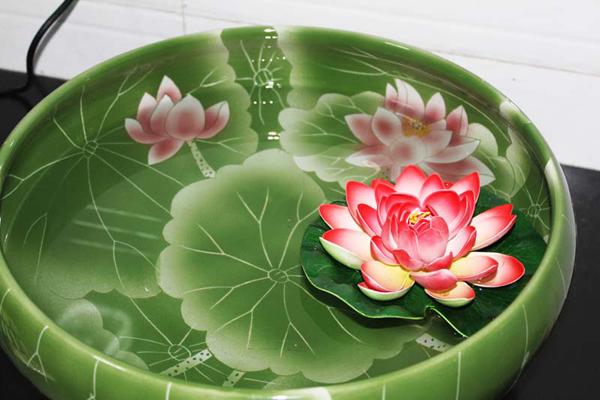
Illustration of planting method of bowl lotus-- seed treatment
The main results are as follows: 1. The most important planting method of bowl lotus is the treatment of seeds, which, unlike ordinary plants, cannot be put into soil or water at the beginning, and some special treatments are needed in the early stage. The shell of the lotus seed is hard and dense, and the shell needs to be broken manually before soaking the seeds. First, look at figure 1. The lotus seed has two ends, one is pointed and the other is round. We need it to break the round end, and there is an obvious concave point in the end that needs to be dealt with. Drill in through the recess with a file or scissors, then rotate it to break the mouth.
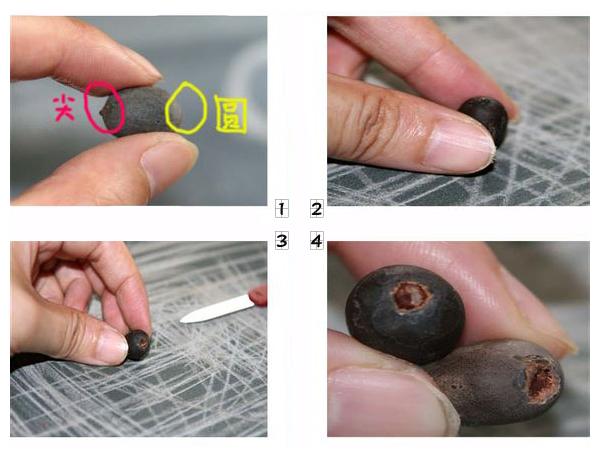
2. The next step is to soak the seeds to promote germination. The summer water temperature of 20 ℃-30 ℃ is very suitable for lotus seed germination. Change the water two or three times a day. The amount of water depends on the seeds. The box for the seeds can be placed indoors or outside. pay attention to keeping the temperature. If the indoor air conditioner is always on, it is best to keep it outside. As shown in figure 6, there are basically signs of sprouting after soaking for two days, basically sprouting within a week, and a little green on the fifth day. After sprouting, put it in the sunny place to strengthen the light and can not lack of water.
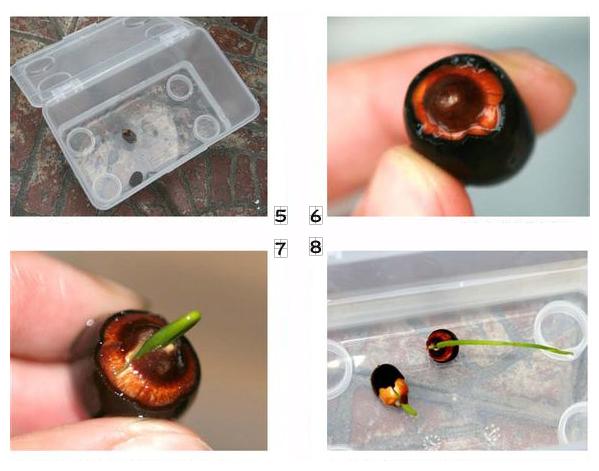
The planting method of bowl lotus-- daily maintenance
After the germination of the lotus seed can be like soil, at this time you need some daily maintenance, the first is the temperature of the daily temperature in summer, it is best not less than 20 ℃. When the temperature and light are suitable, hibiscus generally takes only 50 to 60 days from sowing to flowering in spring, while the temperature is lower in autumn, which takes more than ten days.
Add half a basin of pond mud into the mud basin, so that all the seeds are put into the mud. When the leaves grow out, they can be directly put into the mud pond. The water layer of at least 5cm to 15cm is maintained in the mud pond. Be careful not to submerge all the unfolded leaves. The planting environment should pay attention to keep enough light, because hibiscus likes the sun, but the seedlings must not be exposed to the sun, and the leaves are easy to scorch. Winter is the dormant period of bowl lotus, which can deepen the water level through the winter.
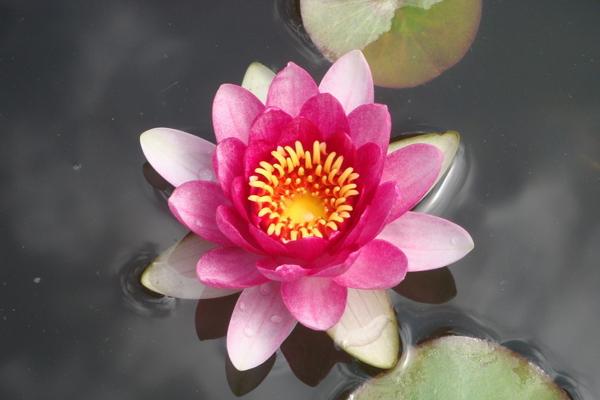
How to grow lotus in bowl best
1. The seeds should be selected without any damage, the container should be larger and deeper, and the nutrient soil in the bowl is too shallow to make the plant fully nourished. If the bowl is not deep enough, the moustache root will not have enough room to stretch, and its growth will be affected.
2, to give enough sunshine, do not stay indoors for a long time to watch, so that it is easy to delay the growth cycle of hibiscus, serious yellow leaves will appear. Water should not be too much, too much water will lower the temperature, too low temperature is not conducive to the rooting and development of seedlings, and affect the breathing and ventilation of roots.
- Prev
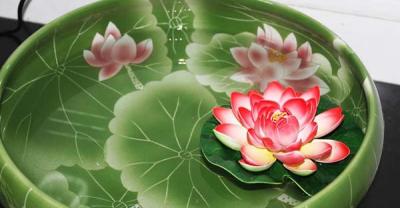
Cyclamen persicum L.
Cyclamen, also known as a crown, rabbit ear flower, fire flower, radish begonia, primrose, etc., is a perennial herbaceous bulb flower belonging to the genus Cyclamen of the family Primulaceae.
- Next
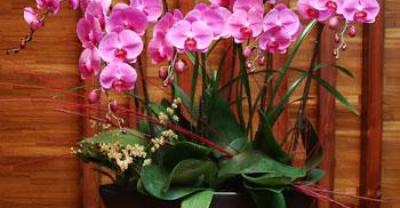
Management techniques in the first year of planting Lycium barbarum
Chinese wolfberry planting management technology in that year author: I Lali. Chinese wolfberry of Shanbuke is a perennial shrub cash crop that is tolerant to drought, poor hemorrhoids and saline-alkali.
Related
- Fuxing push coffee new agricultural production and marketing class: lack of small-scale processing plants
- Jujube rice field leisure farm deep ploughing Yilan for five years to create a space for organic food and play
- Nongyu Farm-A trial of organic papaya for brave women with advanced technology
- Four points for attention in the prevention and control of diseases and insect pests of edible fungi
- How to add nutrient solution to Edible Fungi
- Is there any good way to control edible fungus mites?
- Open Inoculation Technology of Edible Fungi
- Is there any clever way to use fertilizer for edible fungus in winter?
- What agents are used to kill the pathogens of edible fungi in the mushroom shed?
- Rapid drying of Edible Fungi

